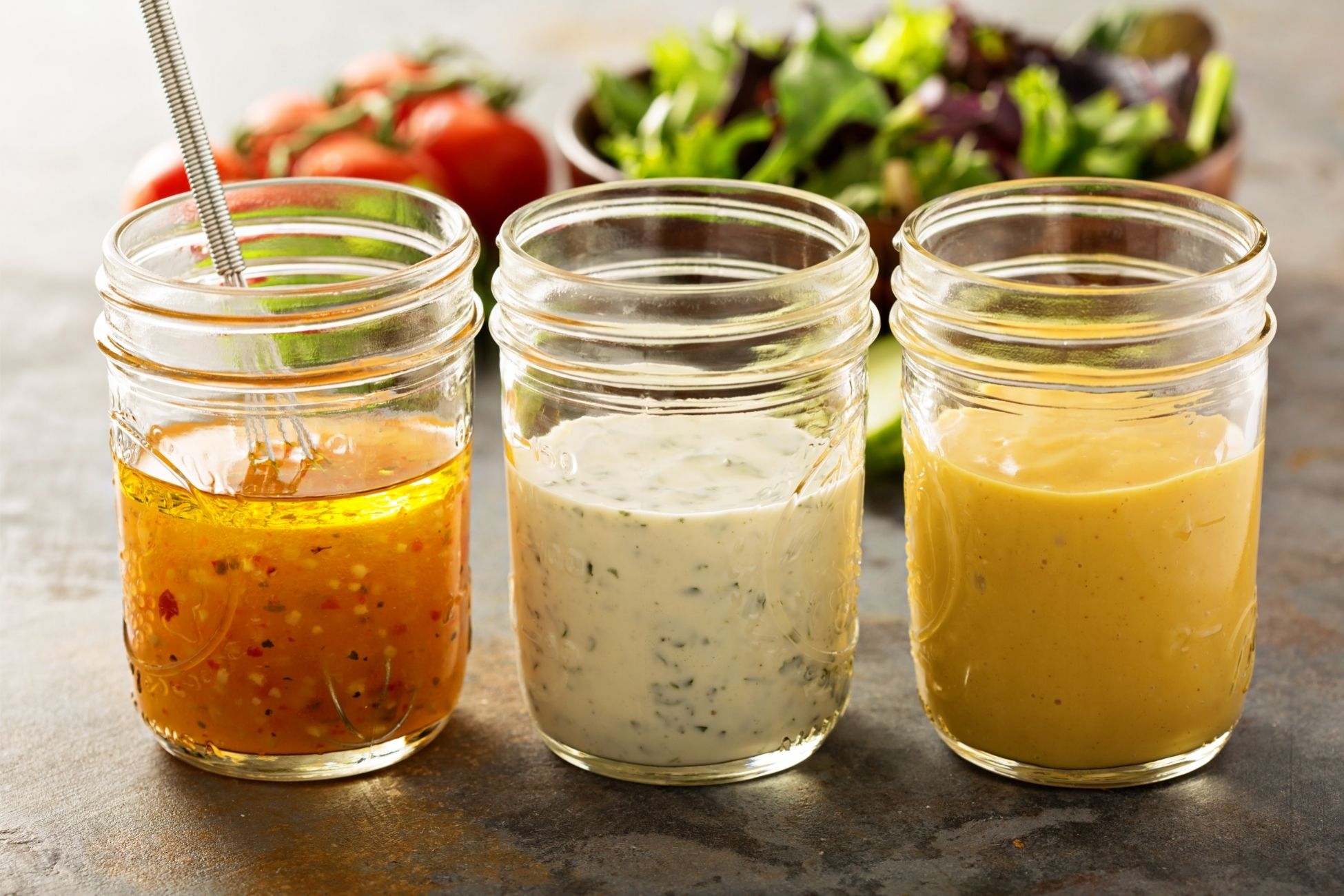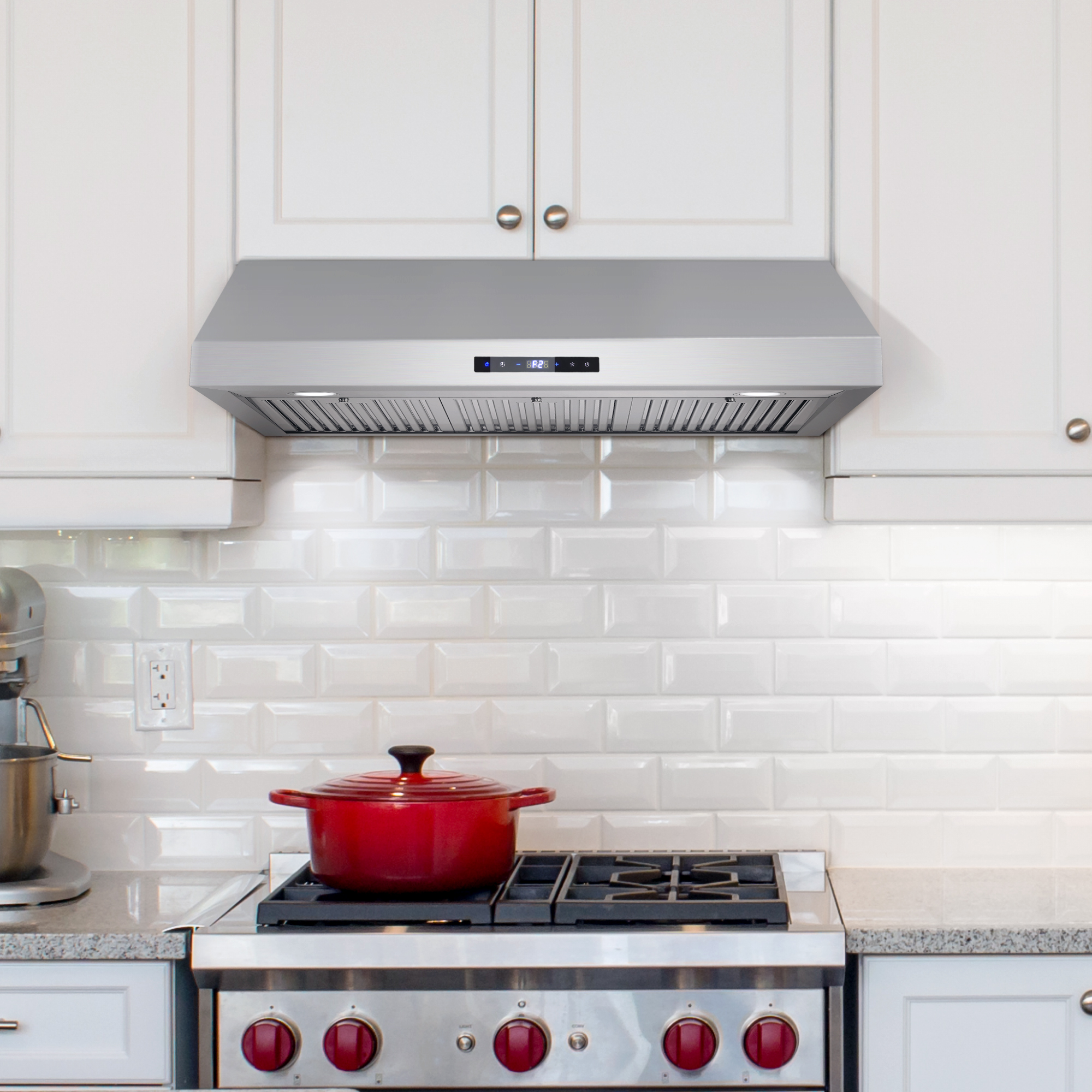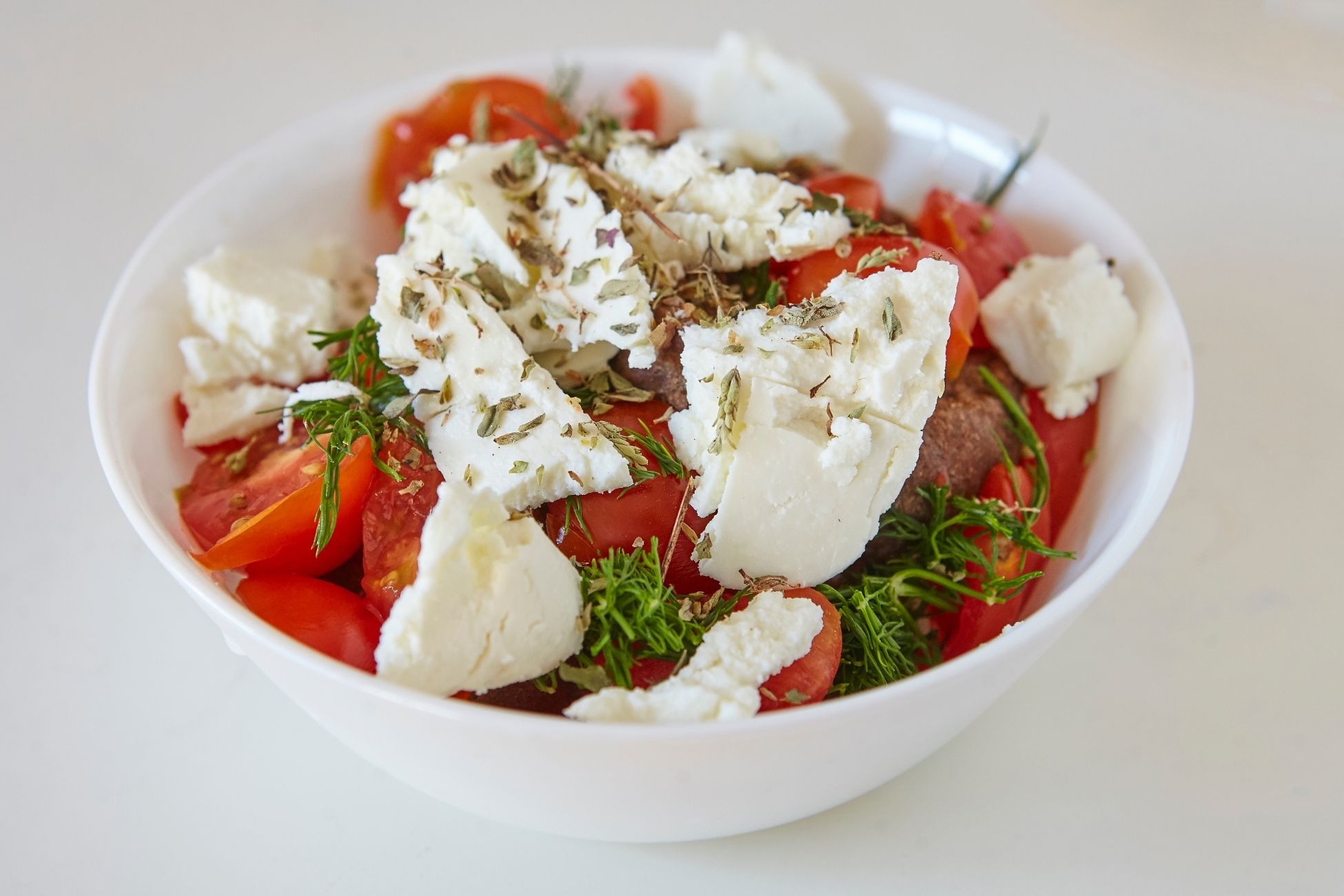The Secret to Better Salad Dressings
If a salad is lackluster, salad dressing is the one way to take the meal to the next level. Creamy dressings are perfect for chicken and grains, while vinaigrettes boost the flavor of veggies or a pot of beans. While store bought dressings are convenient, homemade dressings can shake up your cooking. There’s one trick to boosting DIY dressings, and that’s vanilla extract. Vanilla extract can improve dressings such as vinaigrettes and savory-leaning dressings. Vanilla lessens the bite of bitterness and tempers acidity while making sweet ingredients taste more like themselves. In baking, vanilla is more a background flavor to other ingredients but makes a difference when absent. The same applies to salad dressings. The sweetness of vanilla enhances the flavor of sweet salad additions like berries or veggies. It tempers pungent flavors like cheeses, garlic and raw red onion. Try it out with your recipes at home by starting with 1/4 teaspoon of vanilla extract. You can increase it from there to suit your taste. Ramp up the vanilla’s flavor by building a basic vinaigrette and opt for a fruit vinegar like Champagne or raspberry. Pair with olive oil or a robust nut oil. The vanilla addition really ties it all together for the perfect DIY dressing. Source: the Kitchn








